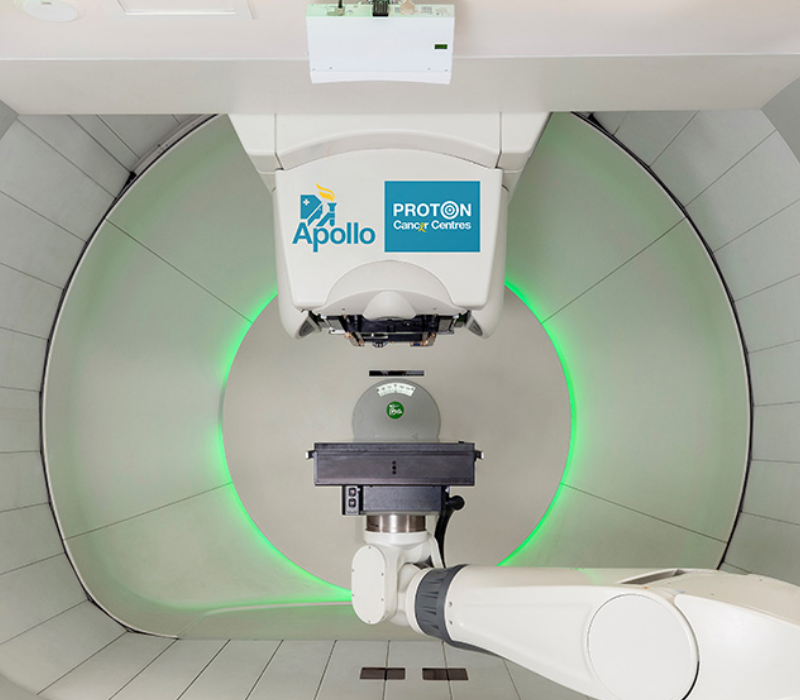Diagnosis
The most common tests that will be done to help diagnose liver cancer (in addition to a thorough history and physical exam) are:
- Ultrasound Abdomen
- Triphasic contrast-enhanced CT scan of the abdomen
- Multiphasic contrast-enhanced MRI scan
- PET-CT scan
- Tumour markers like levels of serum alpha-fetoprotein.
- Blood tests for levels of serum bilirubin, serum albumin, liver enzymes such as alanine transaminase, aspartate transaminase, alkaline phosphatase.
Treatment
Various treatment options for liver cancer include:
- Liver transplant – this involves removing the entire diseased liver and replacing it with a donor liver (or part thereof) from another person (either living or deceased).
- Liver resection – surgery to remove the part of the liver with the liver cancer.
- Interventional Radiology procedures – such as transarterial chemoembolization (TACE) in which chemotherapy is injected into the blood vessel supplying the cancerous tumor, transarterialradioembolization (TARE) in which radioactive beads are injected into the feeding blood vessel, radiofrequency ablation (RFA) and microwave ablation (MWA) where thermal energy is used to ablate/burn the tumour.
- Stereotactic body radiation therapy – is a form of external beam radiation, usually delivered with X-rays/photons to ablate the liver cancer.
- Proton beam therapy – where beams of protons are focused to ablate the liver cancer.
- Chemotherapy – targeted therapy drugs such as Sorafenib, Regorafenib, Lenvatinib are used to control disease both within and outside the liver.
- Immunotherapy – newer medicines that manipulate the body’s immune system to fight the cancer cells, such as Nivolumab, Atezolizumab and others are used to control advanced liver cancer.
Proton Therapy
Radiation in the form of stereotactic body radiotherapy (SBRT) has a role in treating both early-stage hepatocellular carcinomas (HCC), who are ineligible or fail other liver-directed therapies, as well as unresectable HCC. In cholangiocarcinomas and liver metastases from other cancers also, SBRT has been successfully used to deliver high doses to the tumour. In all three of these situations, proton therapy has a role in delivering higher doses to the tumour, while protecting the remaining normal liver from damage. This helps to increase the rate of control of the tumour while reducing the chances of radiation-induced damage to the liver. Radiation therapy is also used with palliative intent to relieve local pain.

Other Gastrointestinal Cancers



